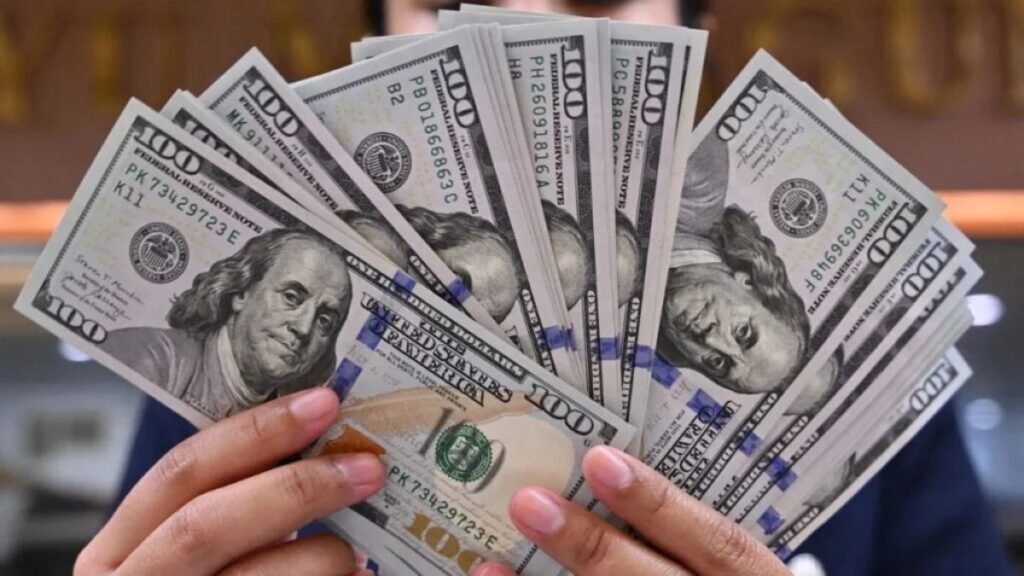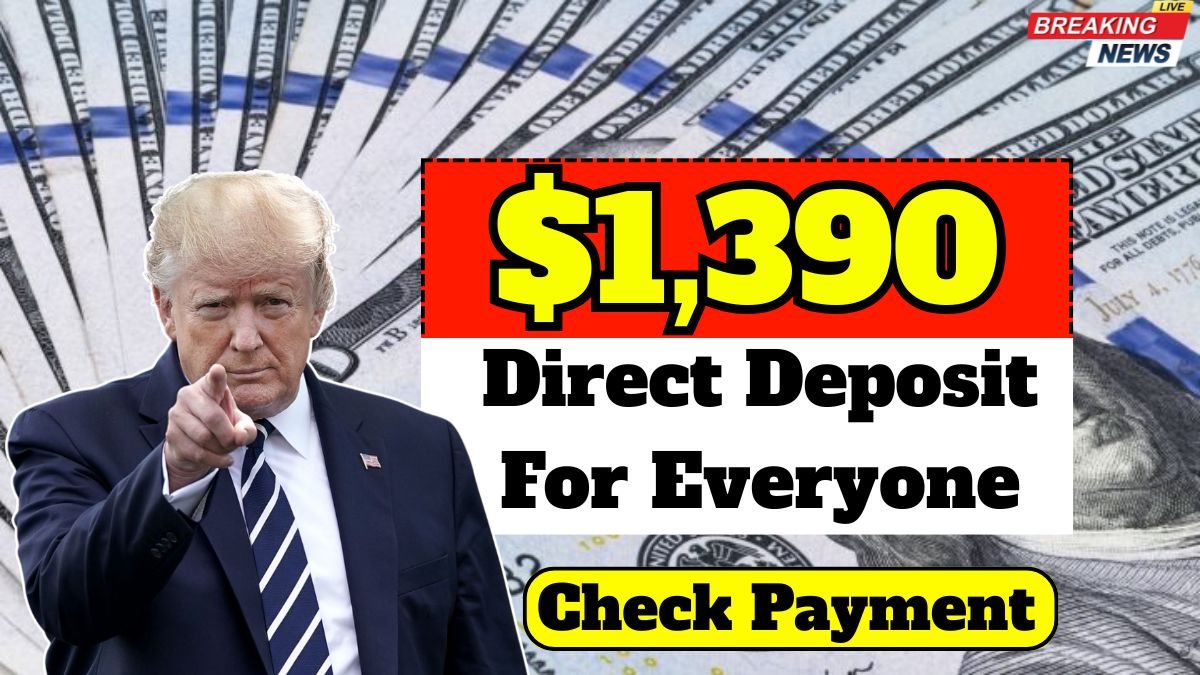IRS $1,390 Direct Deposit For Everyone: US residents will get significant alleviation from the current predicament. The beginning of the year has been distinguished by a dramatic rise in inflation, the multiplication of daily costs, and an unstable economy, as a result of which the money that was previously saved in the middle class’s budgets has now been reduced to a bare minimum. The people in greatest need will get $1,390 in IRS assistance payments, which will be made available first through direct transfers. This group’s policies also include paying for food, rent, and healthcare
Program Introduction and Purpose
One of the service innovation projects the IRS is implementing is the Direct Deposit Relief Program that positions itself as a front-line solution of the federal government’s endeavors to enhance financially hard-pressed low- and middle-income households with this sizable set of payments. These autonomic payments will be allotted according to the 2024 period of the tax division, it will be forged beneath the extraction of the payee’s records, in this way, those recipients who indulge us with their full compliance will be the only ones driving benefits.
First and foremost, the working group wants to remind us that through their medial system, once a taxpayer has an account, and a bank personalizes it, there remains no need for additional application or paperwork. The program will not only resonate with individuals but can contribute to the community’s economy process, as more money in people’s hands increases their spending power, which, in turn, can be very helpful to small businesses.
Eligibility Criteria: Who Will Receive This Payment
The IRS recognized the paramount importance of the given set of requirements and, as a result, published a comprehensive and well-explained framework of features and a description of the requirements for those to be eligible for the relief check program.

The talk about the conditions come with the criteria adopted to provide a meal to the needy and the way to promote them in order to assist them efficiently. People who earn less than the upper income limit will qualify for the program. A single individual can get up to $1,390 from the program, while a married couple filing jointly can get as much as $2,780.
Payment Dates and Processing Process
The IRS will begin issuing relief payments starting in November 2025. Since these payments will be sent via direct deposit, beneficiaries will only receive the funds three to five business days later. Payments will be sent via paper check to individuals whose bank account information is not available in IRS records, but these checks may take longer to arrive due to the postal process.

The IRS will further enhance its online payment tracking feature, allowing people to easily check their payment status. This feature will also allow users to see whether their payment has been processed and update their bank account information if necessary. Therefore, those who have recently changed bank accounts are advised to update their information on the IRS website to avoid any delays.
How is this relief different from previous stimulus payments?
In the case of COVID-19, the government of the US issued checks that would stimulate the economy. However, this new relief payment of $1,390 is quite different from the previous ones. Earlier, the checks were for every citizen, but now the program is primarily for those who have been severely impacted by inflation.
The officials, this time, have mainly concentrated on how to make the payment quicker and safer. The chances of someone taking advantage of this type of payment have been greatly minimized due to the cooperation between the IRS and the SSA. These payments are the kind of money people are expected to spend on the necessities of life—food, rent, medical care, and energy consumption, for example. Hence, the government is now directing the energy of the economy towards the basic necessities of life rather than the supply side.
The Importance of Relief Payments from an Economic Perspective
These relief payments have the potential to generate various positive economic effects. Additional money injected in a household will enable people to make the necessary purchases with ease. Apart from the fact that it provides relief to families, it is also a way of activating the domestic market. The sales increase at small shops, restaurants, service providers, and local businesses, thus, the entire community’s economy will experience a boost.
Also, some people may use such money to settle outstanding bills, reduce debt, or buy essential medicines and healthcare. In a situation where costs are going up and the economy is volatile, such a payment is a source of mental and financial security for the people. Financial assistance of this type can lead to economic stability and gradual recovery in different parts of the country.
How to Check Your Payment Status
Users can check their payment status using the “Check My Payment Status” feature on the IRS’s official website. They must enter information such as their Social Security number, date of birth, and tax filing status. If someone needs to update their bank account information, this can also be done securely through the IRS portal.
The government has warned people to use only the official IRS website and avoid any other third-party or suspicious websites, as cases of fraud and identity theft are continuing. are increasing. Therefore, it is extremely important to exercise caution.
A Foundation for Financial Security in Difficult Times
Ultimately, the IRS’s $1,390 direct deposit relief payment is crucial for millions of Americans struggling due to rising inflation and economic challenges. Whether used to pay rent, cover medical expenses, or purchase essential goods—this relief payment will provide people with financial security and peace of mind.
This government initiative is not only straightforward and transparent, but it also ensures that assistance reaches those who need it most quickly and securely. This program, which begins in November 2025, could make a significant difference to the lives of millions in the coming months.
Conclusion:
The IRS’s $1,390 direct transfer payout will bring much-needed respite to Americans facing growing inflation and economic difficulties. Beginning in November 2025, financial aid will be placed immediately into qualifying accounts with no further paperwork, making it easier for families to meet their daily expenses and necessary needs. This initiative will not only provide financial assistance but also boost stability and confidence.
FAQs
Q1. Who will get the IRS $1,390 direct deposit payment?
A. Eligible taxpayers based on their 2024 tax return records will automatically receive the payment.
Q2. When will the $1,390 payments be deposited?
A. The IRS will begin issuing payments in November 2025 through direct deposit and paper checks.
Q3. Do I need to apply to receive the payment?
A. No, eligible individuals do not need to apply. Payments will be processed automatically using IRS records.


